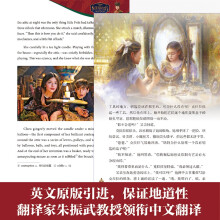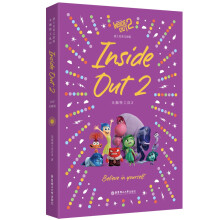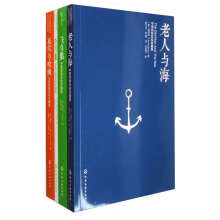Sophisticated modern thinking about art, in a century whichhas seen a great variety and confusion of styles, has evolved aposition which can be stated as follows. One kind of art, whichwe call representational or realistic or naturalistic, offers anordinary description or reproduction of reality, in the mostcommon and objective terms. Another kind, less easily labelledbut sometimes called romantic, offers not merely a representation of reality, but this representation modified by the artist'ssubjective emotional reactions to it-reality has been organised,selected, idealised, caricatured, by the artist's personal vision. Athird kind, most commonly called abstract, is neither the reproduction of reality nor the subjective modification of reality, butthe direct expression of purely 'aesthetic' experience, the representation in art, not of reality, but of the artist's vision. Somesuch classification as this was obviously necessary, as anattempt to come to terms with the observable difference inmodern artistic methods. But again we can now see that it isbasically inadequate, because again it is based on the assumedduality: the separation of art and reality, or of man and theworld he observes.
The crucial importance of what we now know about perception is that it opens the way to ending this duality, and thustransforming our thinking about art. The new facts aboutperception make it impossible for us to assume that there is anyreality experienced by man into which man's own observationsand interpretations do not enter. Thus the assumptions of naiverealism-seeing the things as they really are, quite apart fromour reactions to them-become impossible. Yet equally, thefacts of perception in no way lead us to a late form of idealism;they do not require us to suppose that there is no kind of realityoutside the human mind; they point rather to the insistence thatall human experience is an interpretation of the non-humanreality. But this, again, is not the duality of subject and object the assumption on which almost all theories of art are based.We have to think, rather, of human experience as both objectiveand subjective, in one inseparable process. As Caudwell put it:Body and environment are in constant determining relations. Perceptionis not the decoding of tappings on the skin. It is a determining relationbetween neural and environmental electrons. Every part of the body notonly affects the other parts but is also in determining relations with therest of reality. It is deternuned by it and determines it, this interchangeproducing development-the constandy changing series of interlockingevents... Of this multitude of relations... we distinguish a certain group,changing as the world changes, not with it or separately from it but inmutually determining interaction with it. This selection, rich, highlyorganized and recent, we call the consciousness, or our ego. We do notselect it out. In the process of development it separates out, as lifeseparated out, as suns and planets and the elements separated out fromthe process of becoming. Separated out, and still changing, it isconsciousness, it is us in so far as we regard ourselves as conscious egos.But in separating out, it does not completely separate out, any more thanany element did. It remains like them, in determining relation with therest of the Universe, and the study of the organization of this developedstructure, of its inner relations and the relations of the system with allother systems in the Universe, is psychology.
The difficulty of this conception hardly needs stressing, and tograsp it in any substantial way needs long effort, Yet it is interesting to see that we have approached this conception, not onlythrough the science of perception, but also through some of ourtraditional thinking about art as creation'.
……
展开










